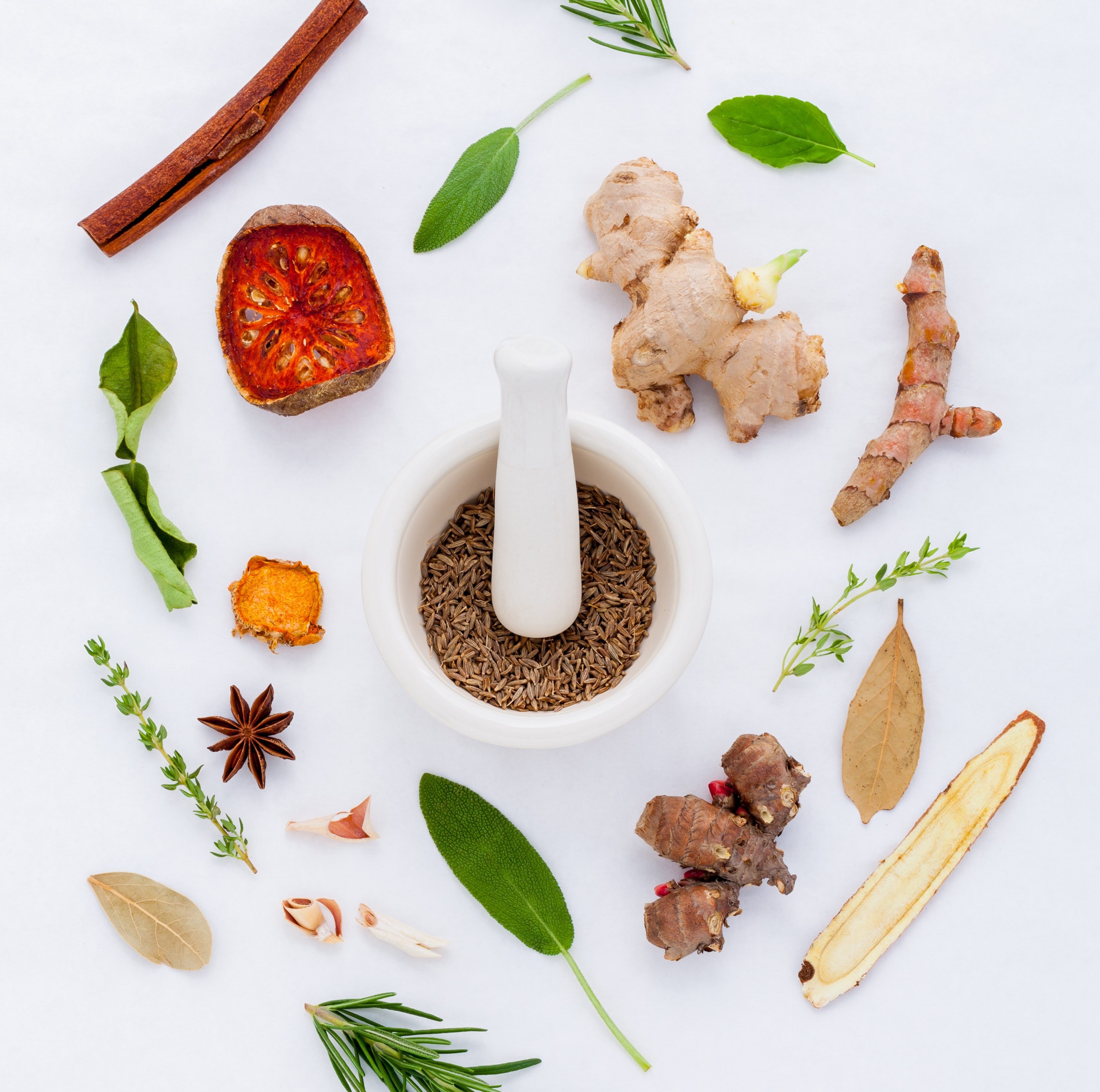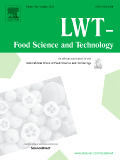Conjugation of gluten hydrolysates with glucosamine at mild temperatures enhances antioxidant and antimicrobial properties
Abstract
Gluten represents one of the principal by-products of the wheat starch industry. Peptides obtained by wheat hydrolysis can be used for specific functional and biological activities, albeit at relatively low yields. Although the Maillard reaction(glycation) is widely used to increase functionality of proteins, its main disadvantage is the production of undesirable compounds due to high processing temperature. In this research, functional and biologically active glycopeptides were obtained from gluten. Alcalase or Flavourzyme proteases were used to hydrolyse gluten protein, and the resulting peptides were conjugated with glucosamine by enzymatic glycosylation, using transglutaminase, or through glycation. Both reactions were performed at mild temperatures (25 or 37 °C). The formation of glycopeptides depended mostly on the glycation process, as demonstrated by MALDI-TOF-MS. The bioactivities of the conjugated hydrolysates were compared to the native hydrolysates. Although a reduction in the anti-ACE activity was detected, improved DPPH scavenging activity and enhanced antimicrobial activity against Escherichia coli were observed in the glycated Alcalase-derived hydrolysates and in the glycated Flavourzyme-derived hydrolysates, respectively. This study showed that mild conditions are an alternate approach to the traditional Maillard process conducted at elevated temperatures in creating conjugated gluten hydrolysates with enhanced bioactivities.


Leave a Reply
You must be logged in to post a comment.